Fatigue, itching, redness, burning, blinking or glare. We have all had specific eye problems at some time or another in life. Some are marginal and disappear by themselves, or are easy to treat at home, others need specialized care. In all cases, these are true eye symptoms that should never be underestimated.
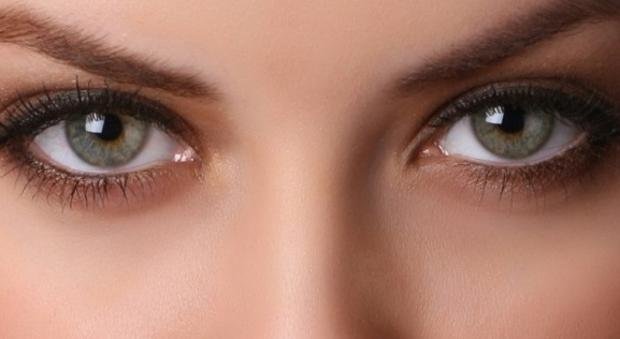 Source
Source
It is not by chance that the ophthalmologist is one of the doctors we attend with less regularity ... ocular control is not something we do with a certain frequency, in fact, if we do not have particular deficiencies in the sight or symptoms with which we can not really live, we tend to forget it.
However, not everyone knows that an eye examination can not only improve our way of seeing, but also provide information about our general state of health, for example hypertension, high cholesterol or infectious diseases, can also be diagnosed by means of a Visit the ophthalmologist.
Here I made a compilation of the most common symptoms to pay attention in case of having any of its symptoms:
Fatigue and redness:
When reading or standing in front of the PC for hours or driving long distances, the eyes get tired and redden. They get tired and need to rest, like any other part of our body. If your eyes feel tight and red for a long time, take some time off. If you are still very tired after a few days, consult your doctor.
As for the actual redness, remember that the surface of the eyes is covered by blood vessels that expand when they are irritated or infected. This can be caused not only by a strong eye strain, but also by lack of sleep or allergies. In addition, red eyes can be a symptom of another eye condition, such as conjunctivitis or sun damage.
Night blindness:
Have you noticed if you have trouble seeing at night, especially while driving? Or to guide you in dark places like the cinema? This is the so-called "night blindness," a symptom and not a problem in itself.
It can be caused by myopia, cataracts, keratoconus (a disease that causes deformation of the cornea), lack of vitamin A or a degenerative disease, but some people can also be born with this problem.
Lazy eye:
Vague eye or amblyopia occur when an eye does not develop properly. Vision is weaker in that eye, which will tend to move "lazily", while the other remains stationary. It can affect both babies and children (so you must act promptly) and adults and rarely affects both eyes.
Vital vision problems can be avoided if a lazy eye is detected and treated during early childhood. Treatment includes corrective eyeglasses or contact lenses and the use of a patch or other strategies to make a child use the lazy eye.
Strabismus:
If the eyes are not aligned with each other when you look at something, it could be a strabismus. This problem will not go away on its own, but with an ophthalmologist you can correct it for the most part.
Nystagmus:
With nystagmus, the eye moves involuntarily, quickly and repetitively. For this problem there are many treatments, including surgery.
Uveitis:
It is an inflammation that can affect all ages, part or all of the middle tunica (vascular) of the eye (the central layer of the eye that contains most of the blood vessels). It is a pathology that can destroy ocular tissue and even cause ocular loss.
People with immune system conditions such as AIDS, rheumatoid arthritis or ulcerative colitis may be more likely to have uveitis.
Symptoms may include:
Blurred vision, pain in the eyes, redness of the eyes, sensitivity to light.
Contact the ophthalmologist if you have any of these symptoms and it does not go away in a few days. There are different types of treatment for uveitis.
Presbyopia:
Especially after the age of 40, you may lose the ability to clearly see near objects and small things, making it necessary to keep a book or other material away from your eyes to make it easier to focus. The treatments can be reading glasses, contact lenses or laser eye surgery.
Bodies in movement:
You may have the perception of "flying flies" or black dots or cables like nets that float in front of your eyes. It is a frequent disorder that can also affect very young people, but it should not be cause for concern because, in most cases, it is due to the formation of simple mobile bodies or myodesopsies, the so-called "floaters."
In general, bodies in motion are not responsible for eye diseases, but are the result of generalized vitreous alterations that appear after a certain age, but also at an earlier age if they have suffered eye injuries or some eye diseases, including myopia of a certain degree.
If you notice a sudden variation in the type or number of points, see the ophthalmologist as soon as possible.
Dry eyes:
This happens when the eyes can not produce enough tears of good quality. The sensation is to have something in the eye or burn. Rarely, in the most severe cases, extreme dryness can lead to loss of vision.
Some treatments include:
-A humidifier in the home
-Artificial tears
-Insertion of lacrimal ducts to reduce drainage.
-Lipiflow, a procedure that uses heat and pressure to treat dry eyes.
-Eyelid cream
-Food supplements with fish oil and omega-3.
If the problem with dry eye is chronic, the ophthalmologist could diagnose a dry eye disease and prescribe medicated drops to stimulate the production of tears.
Excessive torn:
On the other hand, red eyes may indicate keratitis, an infection of the cornea that causes redness, pain, swelling and severe tearing. It can be easily treated if it is early, but it is essential to avoid the development of scars that could worsen the disease and favor the development of corneal ulcers.
Cataract:
A healthy eye is like that of a camera: light passes through the retina, the back of the eyes where the images are processed. When you have a cataract, the light can not pass easily and the result is that you can not see well and you can see a glow or a halo around the lights at night.
Cataracts often form slowly, do not cause symptoms such as pain, redness or excessive tearing of the eyes. Some remain small and do not affect vision, but if they progress and influence good vision, surgery is almost always used.
Glaucoma:
The eye is like a tire: a certain pressure inside it is normal and safe. But too high levels can damage the optic nerve and glaucoma is the name of a group of diseases that cause this condition.
A common form is primary open-angle glaucoma. Most people who have it do not have the first symptoms or pain. Therefore, it is important to have regular eye exams. It does not happen often, but glaucoma can be caused by:
-A wound in the eyes.
-Blocked blood vessels.
-Inflammation of the eyes
Disorders of the retina:
The retina is a thin coating on the back of the eye, made up of cells that collect images and transmit them to the brain. Retinal disorders block this transfer. There are several types, such as:
Macular degeneration related to age, which refers to the rupture of a small portion of the retina called the macula.
Diabetic retinopathy, which is damage to the blood vessels in the retina caused by diabetes.
Retinal detachment, which occurs when the retina separates from the underlying layer.
It is important to get an early diagnosis and treat these conditions.
Conjunctivitis:
In this condition, the tissue that lines the back of the eyelids and covers the sclera becomes inflamed. It can cause redness, itching, burning, tearing or the feeling that something is in the eye.
It can be had at any age and causes include infection, exposure to chemicals and irritants or allergies. Wash your hands often to reduce the chances of getting conjunctivitis.
Diseases of the cornea:
The cornea is the domed window in the front of the eye. It helps to focus the incoming light. A particular disease, infection, injury or exposure to toxins can damage it. The signs include:
Red eyes, eyes full of tears, pain, reduced vision or halo effect.
The main methods of treatment are a new prescription for eyeglasses or contact lenses, medicinal drops for the eyes and surgery.
Problems with the eyelids:
Our eyelids do a lot for us. They protect the eye, spread the tears on its surface and limit the amount of light that can enter.
Pain, itching, tearing and sensitivity to light are common symptoms of eyelid problems. It may also have intermittent spasms or inflamed outer edges near the eyelashes. In these cases you must resort to proper cleaning, medication or surgery.
Double Vision:
Some may experience a double vision in one or both eyes. If the condition refers to only one eye, there may be a corneal problem. If it is both eyes, it means that they are not working together in the right way. The cause could be a neurological problem, an autoimmune disease or other pathologies.
Pain:
The eyes should not hurt. It could be the consequence of injuries or traumas, but also the symptom of diseases that are dangerous to the eye, such as optic neuritis, an inflammation of the optic nerve, which can reduce vision to blindness. It is the first manifestation of multiple sclerosis in approximately 50% of cases.
I hope that this informative collection of eye conditions has been of benefit to every reader.
... and do not forget to check with an ophthalmologist regularly.
References:
Source 1
Source 2
Source 3
Source 4



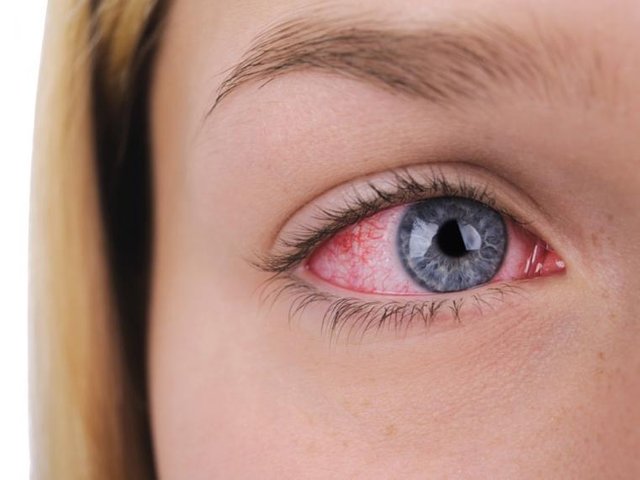

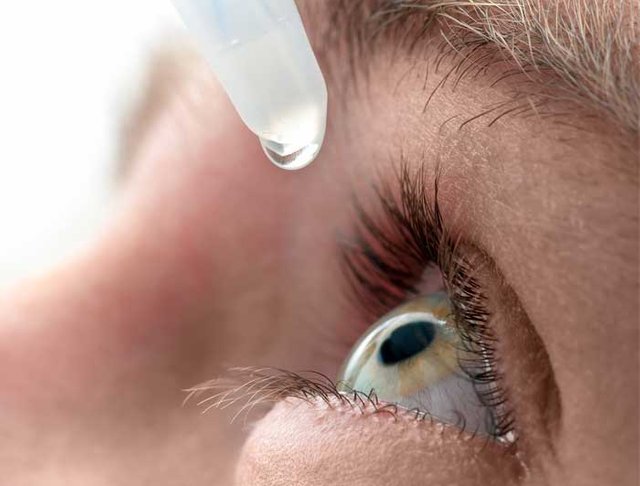
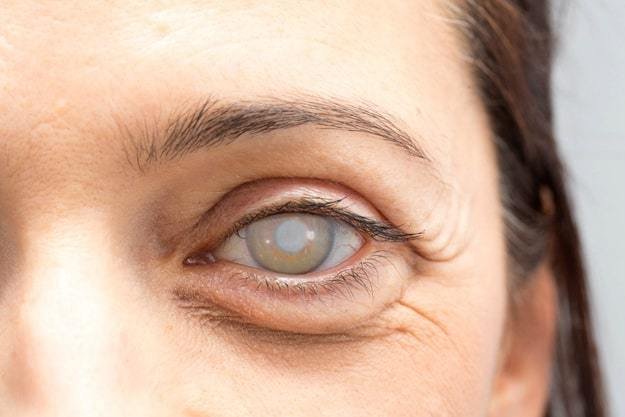
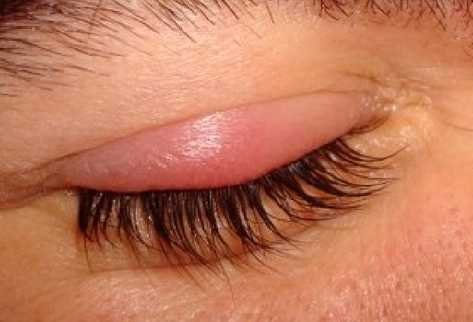
Congratulations! Your post has been selected as a daily Steemit truffle! It is listed on rank 1 of all contributions awarded today. You can find the TOP DAILY TRUFFLE PICKS HERE.
I upvoted your contribution because to my mind your post is at least 9 SBD worth and should receive 205 votes. It's now up to the lovely Steemit community to make this come true.
I am
TrufflePig, an Artificial Intelligence Bot that helps minnows and content curators using Machine Learning. If you are curious how I select content, you can find an explanation here!Have a nice day and sincerely yours,

TrufflePigThank you very much.
Hi @blessed-girl!
Your post was upvoted by @steem-ua, new Steem dApp, using UserAuthority for algorithmic post curation!
Your UA account score is currently 2.127 which ranks you at #22584 across all Steem accounts.
Your rank has not changed in the last three days.
In our last Algorithmic Curation Round, consisting of 219 contributions, your post is ranked at #90.
Evaluation of your UA score:
Feel free to join our @steem-ua Discord server